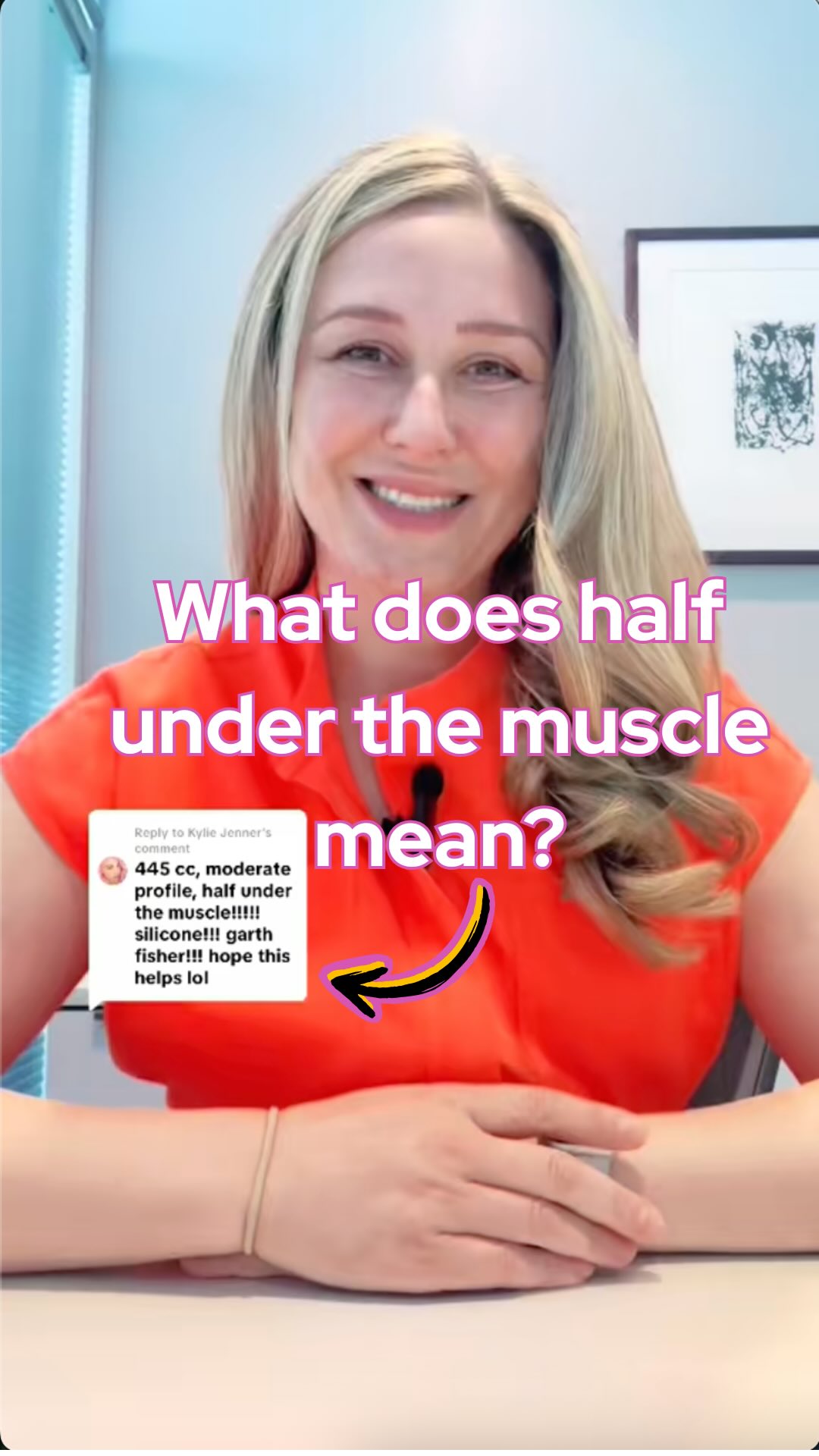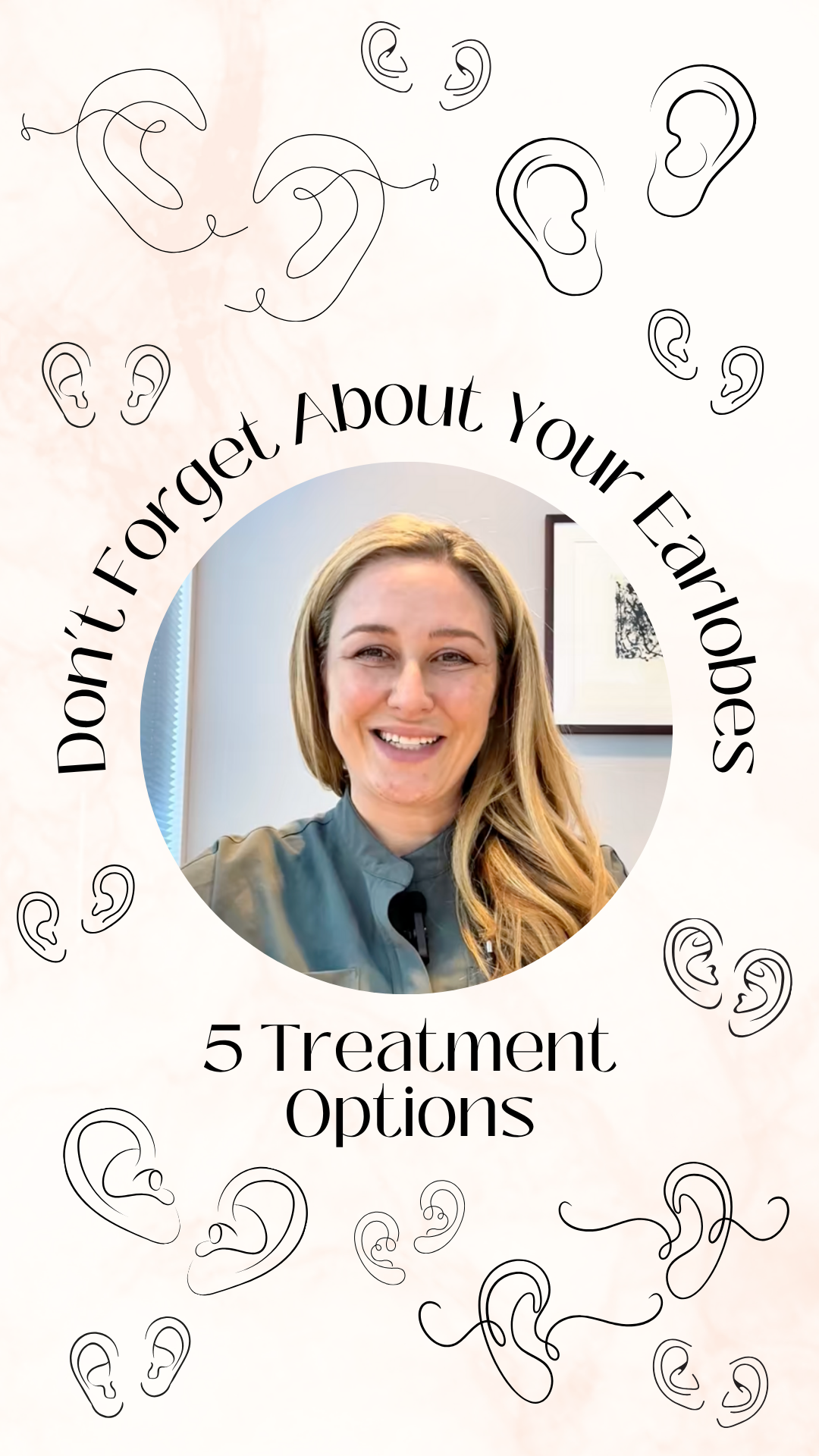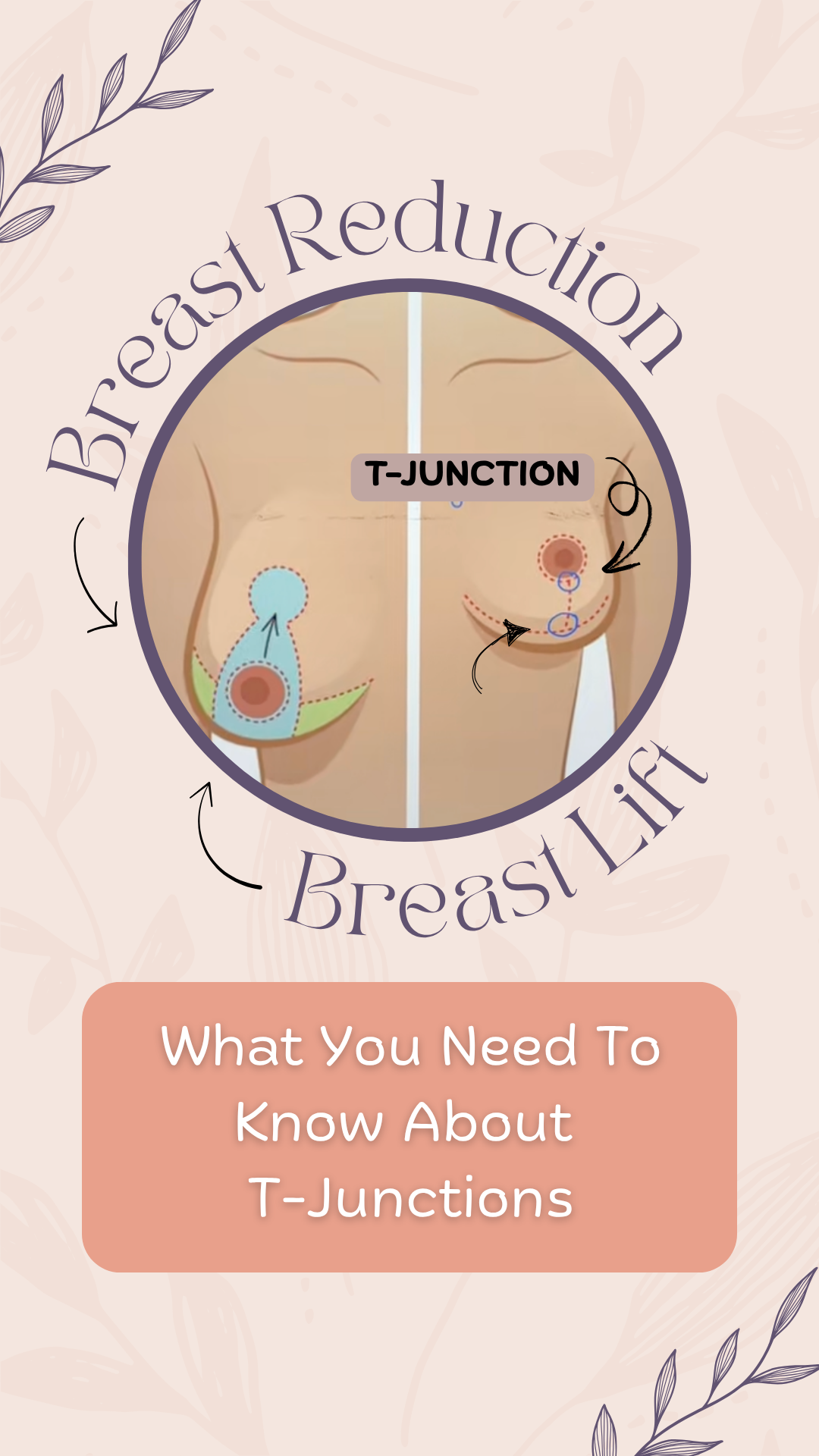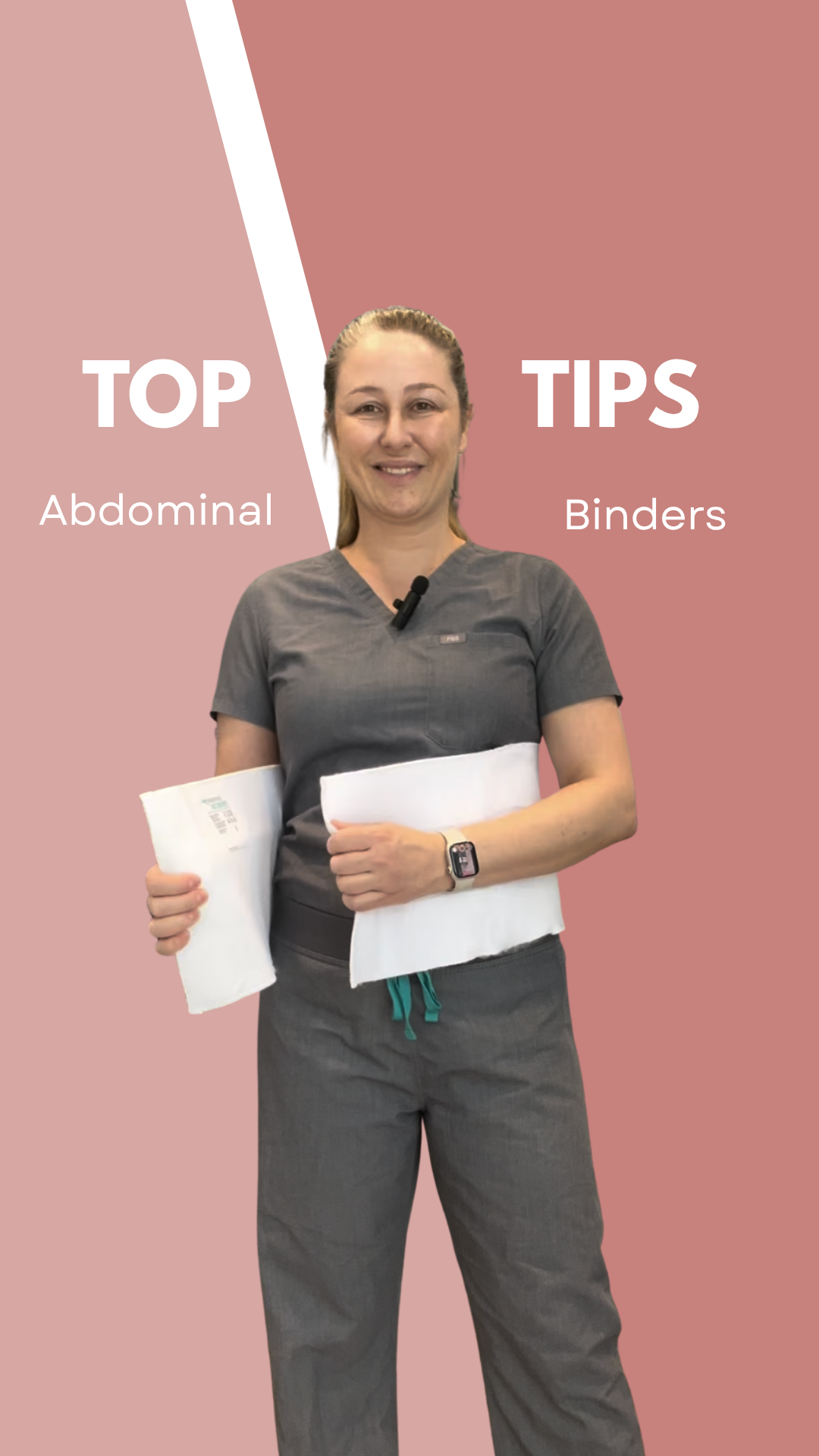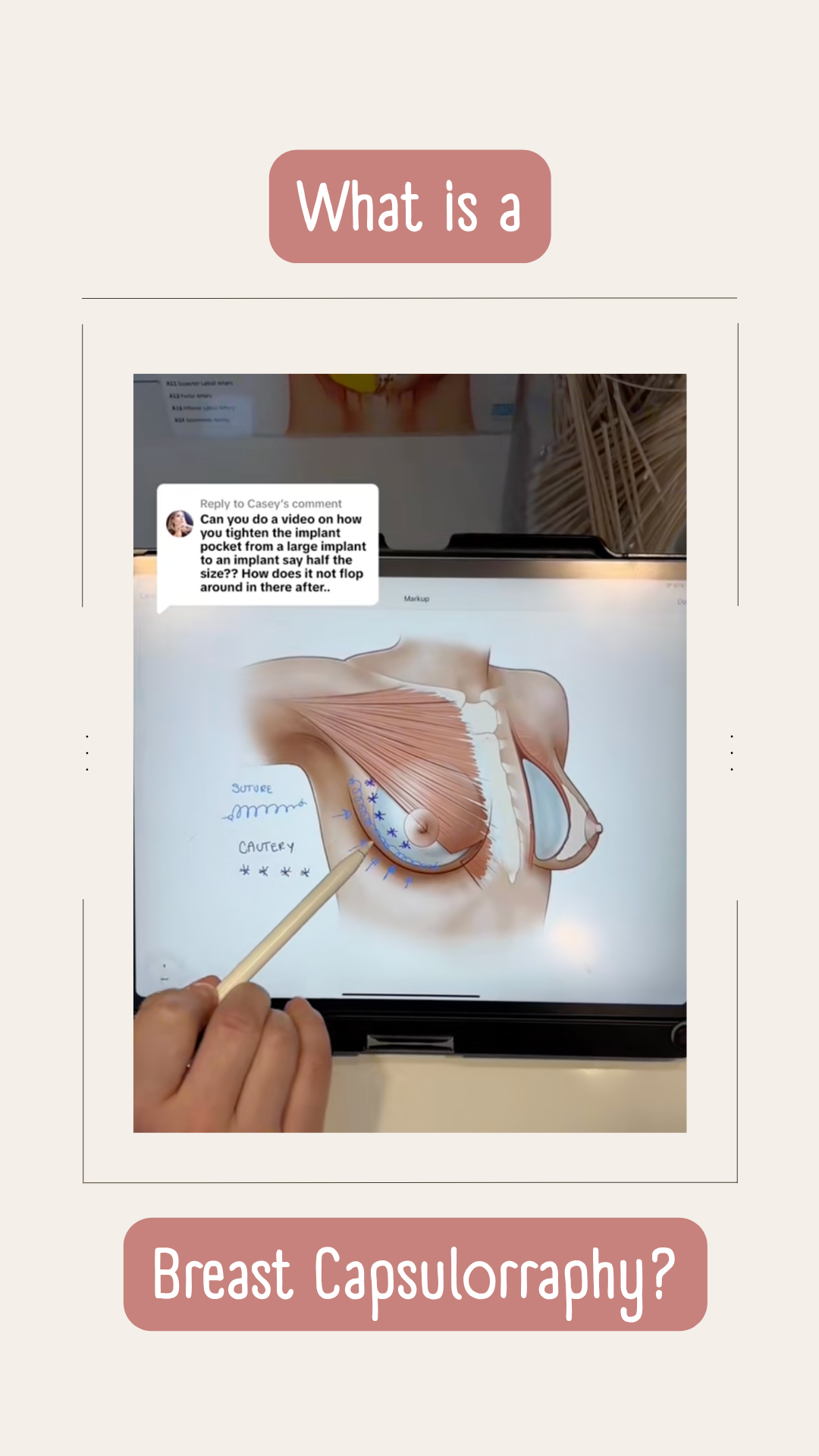Breast Revision
Breast revision surgery addresses complications or aesthetic concerns from previous breast procedures, offering improved shape, symmetry, and satisfaction.

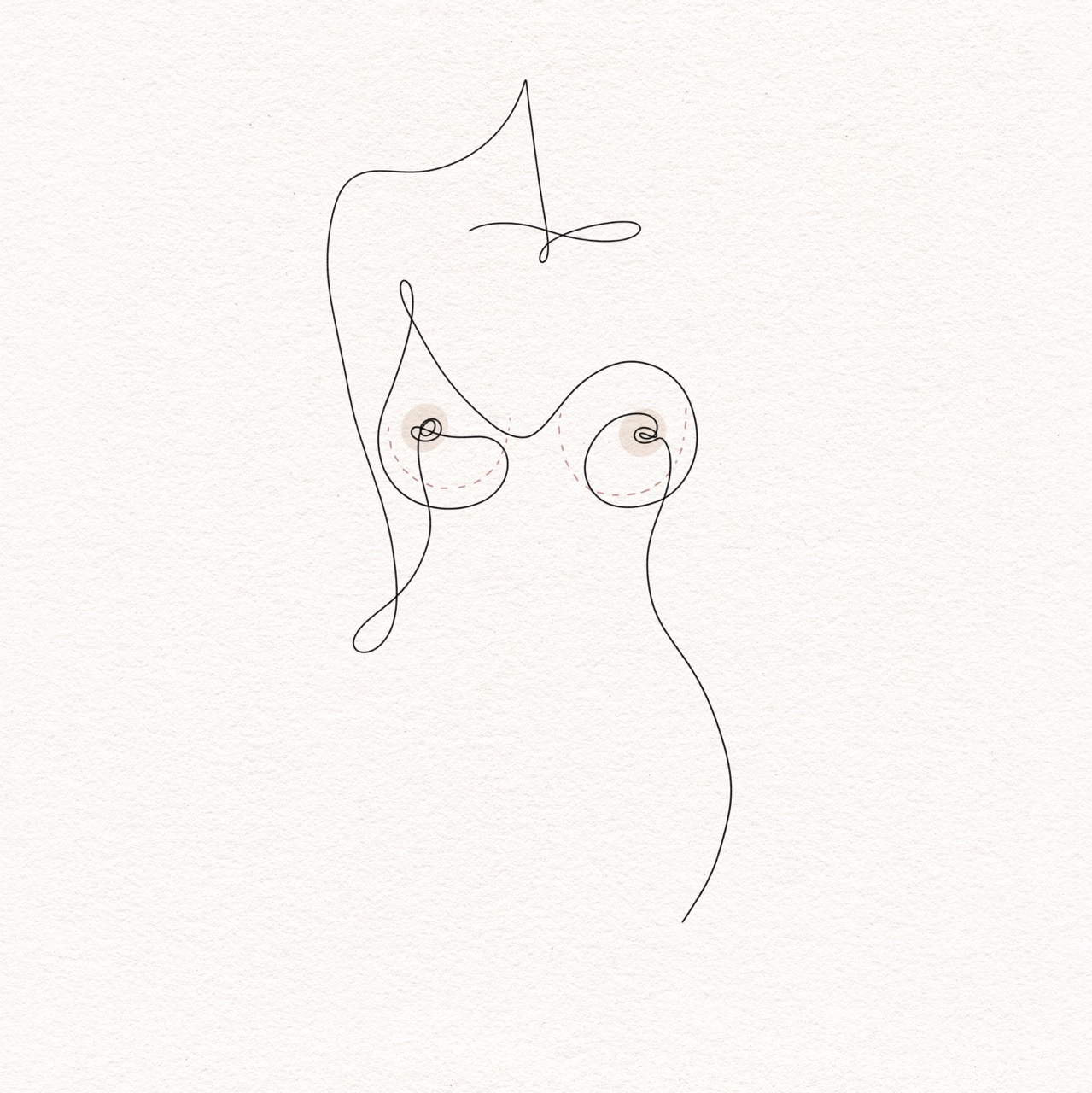
Breast revision surgery is a highly individualized procedure performed to improve the results of a previous breast surgery—whether augmentation, reduction, lift, or reconstruction. Patients may seek revision due to changes over time (e.g., aging, pregnancy, or weight changes), dissatisfaction with earlier outcomes, or complications such as:
- Implant rupture or deflation
- Malposition (implant too high, low, too far to side or to the middle, etc.)
- Capsular contracture (thick, painful scar tissue)
- Implant flipping or visible rippling
- Desire to change implant size, projection, fill material (saline versus silicone), plane (above or below the muscle)
- Decision to remove implants altogether
- Need for improved shape, symmetry, or support
Revisions may also include fat grafting or a breast lift for optimal contour. Each case is tailored to your body and goals.
What you need to know
Every procedure and treatment we offer is thoughtfully designed to meet your unique goals, lifestyle, and anatomy. Below, you’ll find key details about what to expect—from how the procedure works to recovery guidance and ideal candidacy—so you can feel informed, confident, and empowered at every step of your journey.
Surgery Length: Usually 1–5 hours
Anesthesia: Local (awake) or general, depending on the procedure
Setting: Outpatient procedure (go home same day)
Drains: Usually not required
Scars: Vary depending on surgical plan
Recovery: 1–2 weeks for most light activities
Enhances breast shape and proportion
Restores symmetry
Option to increase or decrease volume
Corrects complications like malposition or rupture
Boosts confidence and comfort
You may be a good candidate for breast revision surgery if you:
Are in overall good health
Do not smoke or are willing to quit
Desire improvement in shape, size, symmetry, or comfort
Have concerns or complications from previous breast surgery

An overview of the procedure

"Dr. Aimé was the first provider I consulted with but from that one interaction I knew I did not need to look further. As a former bedside nurse of 7 years I know a thing or two about doctors——and Dr. Aimé is a diamond in the rough. She is extremely knowledgeable, and genuinely cares about her patients….the perfect mixture of everything you can ask for in a provider! She did an impeccable job, and she TRULY cared about me being happier with the way I look—-which meant more than she will ever know!"
“I recently underwent a submentoplasty procedure performed by the incredibly talented plastic surgeon, Dr Aimé. My decision to have submentoplasty was not taken lightly and Dr Aimé made sure to thoroughly explain the entire procedure to me during our consultation.”
Frequently Asked Questions
We’ve gathered answers to some of the most common questions our patients ask about this procedure. Whether you’re just starting your research or preparing for surgery, this section is here to help you feel informed and confident every step of the way.
Breast revision is performed to improve the results of a previous breast procedure. Common reasons include implant malposition, capsular contracture, dissatisfaction with implant size or shape, implant rupture, rippling, breast asymmetry, or a desire to remove implants altogether. Some patients also seek revision due to age-related changes, pregnancy, or weight fluctuations affecting the original result.
Many women choose to remove their breast implants without replacing them, especially if their implants are large and heavy, or if they feel that implants no longer fit their lifestyle. In this situation, you have two options: you can either simply remove the implants or combine the removal with a breast lift. Over time, implants can stretch the breast tissue, and in some cases, the pressure from the implants can cause the tissue to shrink. This means that after the implants are removed, the breasts might look saggy or sunken, especially in the upper part. If you decide to have your implants removed, you can wait to see how your breasts look and choose to get a breast lift later if needed.
Textured breast implants were designed to reduce the risk of capsular contracture and improve implant stability. However, they have been associated with a rare cancer called Breast Implant-Associated Anaplastic Large Cell Lymphoma (BIA-ALCL). The FDA does not currently recommend routine removal of textured implants if you have no symptoms. That said, some patients choose elective removal or replacement for peace of mind, especially if their implants are from a recalled manufacturer. Dr. Aimé can discuss your risks and options in detail during your consultation.
Capsular contracture occurs when the scar tissue around a breast implant becomes abnormally tight, causing firmness, distortion, or even pain. Symptoms can include breasts that feel unusually hard, look misshapen, or have moved from their original position. If you suspect you may have this condition, Dr. Aimé will evaluate you and may recommend imaging or surgical intervention depending on severity.
A capsulectomy is the surgical removal of the scar tissue capsule that forms around a breast implant. There are different types:
- Partial capsulectomy removes only a portion of the capsule, typically enough to relieve symptoms or reshape the implant pocket.
- Complete capsulectomy removes the entire capsule, though not necessarily in one piece.
- En bloc capsulectomy removes the entire capsule in one intact piece with the implant still inside.
En bloc or complete capsulectomy is medically indicated in patients with BIA-ALCL or those with suspicious findings, such as abnormal fluid collections or masses. It is not routinely recommended for asymptomatic patients with benign implant concerns. En bloc removal may not be feasible or safe for all patients, especially if the capsule is thin or adherent to chest wall structures.
Yes. Some patients choose to remove their implants and replace lost volume using fat transfer. This involves liposuction to harvest fat from other areas of your body, which is then purified and reinjected into the breasts. While fat transfer results in a more natural feel and avoids future implant-related concerns, the achievable volume is usually more modest than with implants and may require staged procedures.
It depends on the complexity of your revision. For many patients, especially those undergoing straightforward implant exchange, recovery may be easier or similar to their original augmentation. However, more involved procedures—like capsule removal or internal pocket repair—may require a slightly longer recovery period. Dr. Aimé uses long-acting numbing agents and a detailed recovery plan to ensure your comfort.
In most cases, cosmetic breast revision is not covered by insurance. However, if you have medical concerns—such as a ruptured implant, capsular contracture, or pain—partial coverage may be possible depending on your insurance provider. Dr. Aimé’s team can assist you in determining your eligibility.
Yes. If you have new implants placed, routine imaging such as mammograms or breast ultrasound should follow your primary care or OB/GYN’s schedule. If silicone implants are used, the FDA recommends MRI or ultrasound screening 5–6 years after placement and every 2–3 years thereafter to check for silent rupture. If there is a concern for rupture or mass, imaging may be performed sooner. Dr. Aimé will guide you based on your history and the type of implants used.
Breast Implant Illness (BII) is a term used to describe a broad and often nonspecific range of symptoms that some individuals attribute to their breast implants. Commonly reported symptoms include fatigue, joint or muscle pain, memory issues, anxiety, hair thinning, rashes, and hormonal disturbances. Importantly, BII is not a formally recognized medical diagnosis and lacks a clear, proven cause.
Despite its growing recognition in the public sphere, large cohort studies and systematic reviews have not demonstrated a statistically significant increase in autoimmune disorders, connective tissue disease, or systemic symptoms in patients with breast implants compared to those without. This holds true for both silicone and saline implants. Additionally, although microscopic silicone particle migration has been observed in surrounding tissues, similar symptoms have been reported with saline implants, making a direct toxic cause less likely.
Heavy metals—such as platinum, aluminum, tin, arsenic, and zinc—have been detected in both implant types and surrounding capsules. However, these are found in extremely low levels that fall well below established toxicity thresholds, and are also present in environmental exposure. Multiple studies, including systematic reviews and the study by Glickman et al., have shown no causal link between heavy metals and BII symptoms, and there is no scientific justification to recommend en bloc capsulectomy solely on the basis of heavy metal concerns.
Still, it’s important to acknowledge that some patients do report improvement in symptoms after explantation, even in the absence of a proven physical cause. These improvements may be due to a complex interaction of biological, psychological, and immunologic factors, or they may reflect placebo or relief from chronic worry. The plastic surgery community generally agrees that more high-quality, prospective research is needed to understand this condition more fully.
If you’re considering implant removal due to vague or systemic symptoms, Dr. Aimé will listen carefully to your concerns, perform a thorough evaluation, and guide you through your options. While there is no guarantee that your symptoms will resolve after explantation, a thoughtful, individualized approach can help you make the most informed decision for your health and peace of mind.
Ready to start your transformation?
Whether you’re just beginning to explore your options or have specific goals in mind, we’re here to guide you with expertise and compassion.

Read more articles

Fat Transfer to Breasts
Fat transfer breast augmentation enhances breast size and shape by using your own fat, harvested from other areas of your body, for a soft, natural result.

Breast Reduction
Experience relief from discomfort and feel confident in your body with breast reduction surgery in Scottsdale, performed by Dr. Victoria Aimé.

Breast Lift
A breast lift (mastopexy) is a surgical procedure that raises and reshapes sagging breasts by removing excess skin and restoring youthful contour and position.

Breast Augmentation
Enhance your confidence and curves with breast augmentation using saline or silicone implants. Personalized, long-lasting results tailored to your aesthetic goals.








